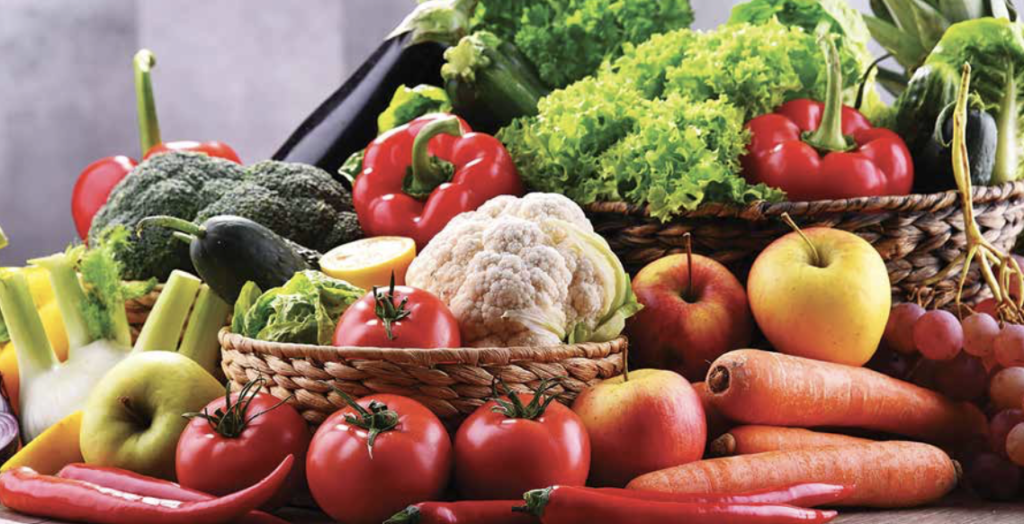As a savvy grocery shopper, you already follow basic food-buying rules. Don’t shop hungry. Always bring (and stick to) a grocery list. Buy what’s in season. Support local farmers. Take advantage of weekly sales. Use coupons.
You’re trying to both save money and eat healthfully, which sometimes feels like competing goals. Navigating the food aisles has become a complicated, almost daunting process that sometimes leaves even the most health-conscious consumers second-guessing themselves. For example, should you still wash that prepackaged bag of spinach even though it says, “triple washed”? Should you really ditch all packaged foods or are some of them healthy options? And when is imported produce a better option than buying local?
Shop the Periphery
“That’s where supermarkets typically stock real foods—the healthy ones you have to cook or prepare yourself,” says Marion Nestle, PhD, Professor of Nutrition Emerita at New York University and author of What to Eat.
Go Organic… Sometimes
“You don’t have to buy everything organic, says integrative nutritionist Maria Marlowe, CHC, author of The Real Food Grocery Guide. “To choose which ones to buy organic, look at the Environmental Working Group’s annual Dirty Dozen list to see produce with the highest levels of pesticides.”
Buy Frozen Fruits & Vegetables
They’re just as healthy as fresh and a great option in winter. (Make sure only whole foods are on the ingredient list. “They were picked at peak ripeness and lose very little nutritional value in freezing,” points out Nestle. Marlowe adds, “Frozen produce is 25 percent cheaper.”
Buy in Bulk… Sort Of
To save money when buying from the bulk section (think beans, rice, and grains), only get what you’ll need in the short-term. “If you use something regularly, buy in small amounts weekly to ensure freshness,” Marlowe notes. Nuts, for example, go rancid quickly, and beans start to change in color and taste as they age.
Be a Label Detective
To figure out if a packaged food is healthy, read the ingredient list. “Choose foods that have ingredients you’d stock in your own kitchen,” advises Marlowe. This differs from the advice to avoid ingredients you can’t pronounce. Marlowe notes that you can pronounce red dye #5 and high fructose corn syrup— unhealthy ingredients that you wouldn’t stock in your pantry.
As for that pre-bagged, triple-washed spinach? While it’s probably safe to eat, a general rule of thumb to follow when it comes to produce is “wash before you eat.”
YEAR, the Environmental Working Group (EWG) tests hundreds of fruits and vegetables to determine levels of pesticides on foods. Produce on the Dirty Dozen list contains the most pesticide residues, while produce on the Clean Fifteen contains the least amount. The EWG recommends buying organic whenever possible. However, because organics are not accessible or affordable for everyone, their lists will help you make the healthiest choices relevant to your circumstances. If you can only buy a few organic items, buy those listed on the Dirty Dozen list.
2020 Dirty Dozen & Clean Fifteen
2020 Dirty Dozen & Clean Fifteen
DIRTY DOZEN
Strawberries
Spinach
Kale
Nectarines
Apples
Grapes
Peaches
Cherries
Pears
Tomatoes
Celery
Potatoes
CLEAN FIFTEEN
Avocados
Sweet
Corn
Pineapples
Onions
Papayas
Sweet peas (frozen)
Eggplants
Asparagus
Cauliflower
Cantaloupes
Broccoli
Mushrooms
Cabbage
Honeydew Melons
Kiwi




